By Heiner Fruehauf
Heiner Fruehauf’s prolific research trip to China and Vietnam in the summer of 2014 to source high quality, potent, directly-traded Chinese herbs from small family farms provided a significant amount of material and information about didao yocai and paozhi – terroir and traditional preparation methods, respectively. As a result, he brings you some of that knowledge in this series, information that is quickly being lost to the ages.
Medicinal Quality
Shanyao (Dioscorea opposita) is a Chinese yam related to the Wild Yam (Dioscorea villosa) of Western herbalism, which is best known as a bioidentical hormone tonic for menopausal women. Shanyao was originally called Shuyu in classical Chinese texts, but its designation was changed to Shanyao when similar components in the names of two Tang and Song dynasty emperors rendered the common use of the characters Shu and Yu taboo. Shuyu literally translates as “Giant Tuber that Cures Everything” or “Gigantic Root that Nourishes Reserves.” The cure-all effect attributed to Shanyao in classical herb descriptions was first corroborated by Zhang Zhongjing in his 1,800 year old clinical primer Jingui yaolüe, where Shuyu Wan (Dioscorea Pill) is said to be “indicated for all states of deficiency.”
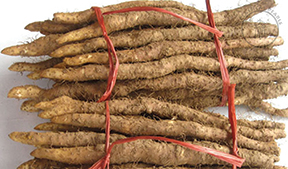
Top grade medicinal Lutu Tiegun Shanyao (“Iron Rod Shanyao”) being offered by Classical Pearls. Note the crooked shape of the root as the soil is harder and not artificially manipulated.
Shanyao is perhaps the blandest of all Chinese herbs. As a result, it has become treasured in Chinese cooking as a food grade qi tonic included in everyday soups and gruels. In particular, it has the reputation of being a safe and effective tonic for children suffering from weak digestion and/or malnutrition. One of the many alternate names for the mother plant is therefore Ercao (Children’s Herb). Modern research has shown that Shanyao is rich in vitamins, polysaccharides, amino acids, calcium, copper, zinc and other trace minerals—a natural equivalent to a modern multi-nutrient supplement formula.
According to traditional classification, Shanyao exhibits six major functions:
- Nourish the qi of the taiyin Spleen organ network: rebuild middle burner deficiency and reverse emaciation, increase muscle weight, regulate metabolism (blood sugar, cholesterol).
- Boost the qi of the taiyin Lung organ network: expel chronic cold wind, descend qi, transform phlegm, increase immunity. The influential 13th century scholar physician Li Dongyuan classified the white colored Shanyao as a substance that “specifically enters the Hand Taiyin Lung network.” Note that the traditional growing location of Shanyao lies within the territory of the ancient State of Wei, which was associated with Lung function in the alchemical cosmology of ancient China. A writer in the alchemical tradition points out that ingestion of the root can warm the adept’s surface to the degree of “being able to part fog.”

Local peasants in the Huai region of Henan dig deep ditches to prepare for the planting of the medicinally most valuable Tiegun Shanyao (“Iron Rod Shanyao”) species of Dioscorea opposita.
- Enhance storage of shaoyin Kidney Essence by boosting the Lung in its role as the “upper source of water”: strengthen bone structure, soothe lower back pain, reinforce Kidney jing, treat erectile dysfunction, promote longevity. This function is exemplified by the prominent use of Shanyao in the classic Kidney tonic Shenqi Wan from the Jingui yaolüe. In addition, Shanyao’s nature was classified as “water within metal” in the early decoction classic Tangye jing.
- Regulate shaoyin Heart function: tonify Heart qi deficiency, calm Heart shen, open the orifice to the Heart, enhance memory. Note that according to the 5th century materia medica Mingyi bielu the traditional growing location of wild Shanyao was China’s sacred central mountain Mt. Song, which was associated with Heart function in the alchemical cosmology of ancient China.
- Astringe taiyin and shaoyin essences: diarrhea, frequent urination, spermatorrhea, leucorrhea.
- Cosmetic effect: moisten skin, provide structure to connective tissue.
Traditional Terroir Considerations (didao yaocai)

Shanyao plants in their traditional growing location in the Huai region of Henan shortly before harvest of the medicinal roots. Note the growing of vegetable crops nearby – top grade Shanyao has a powerful ability to absorb the unique trace minerals of the local soil, requiring farmers to grow other crops for 5 years before the next batch of Shanyao can be cultivated.
The traditional growing location for Shanyao roots of the highest quality is known throughout Asia as Huai Prefecture in the heartland of ancient China (in the vicinity of the city of Jiaozuo in today’s Henan province). Local histories claim that Duke Weihuan of the state of Wei presented the King of Zhou with an offering of local Shuyu roots as early as 734 BC. Huai means “bosom,” referring to the region’s embrace by the Taihang Mountains in the North and the Yellow River in the South. With mountains in the back and flowing water in the front, the region became one of the emblems for perfect fengshui and was fought over in many historical battles. A traditional accolade of the local climate exalts: “Not too dry in the spring, not too hot in the summer, not too flooded in the fall, and not too cold in the winter.” As a valued food item, Shanyao has been cultivated all over China for hundreds of years. Due to the unique mineral composition of the soil in the Huai region, however, ancient scholars and contemporary biochemists agree that medicinal grade Shanyao can only be grown here. Roots that carry the designation Huai Shanyao look different (larger, harder, with large raised hair follicles and purple markings on the skin), behave differently (hard to break, sound like an iron rod when dropped, and don’t disintegrate after boiling), and test differently (significantly higher amino acid and mineral content).
When the Huai Shanyao species was planted in other regions of China and Japan during the 1970’s in an effort to cultivate the precious medicinal grade variety in other soils, the transposed plants gradually transformed themselves into the less valuable food grade variety Cai Shanyao (vegetable grade Shanyao). Genuine Shanyao is therefore only grown in the Huai region, which encompasses approximately 10,000 acres of agricultural land capable of producing about 100,000 tons of Huai Shanyao per year—insufficient to meet Chinese and international demand for the genuine item. As is the case with other highly valued didao medicinals, such as Fuzi from Jiangyou in Sichuan or Pu’er tea from the mountains of Xishuangbana in Yunnan, much of the Huai Shanyao on the market today is the food grade variety produced by farms in Shandong or Hebei, but sold under the label “genuine Huai Shanyao.”
Classical Pearls has made a special effort to cooperate with a family owned farm in the Huai region to produce biodynamic Lutu Tiegun Shanyao (Iron Rod Shanyao Grown in Hard Soil), the highest grade varietal among the various subspecies of Huai Shanyao. This type so thoroughly absorbs the nutrients from the mineral rich soil that a Shanyao field needs to lay fallow or grow other crops for a “revitalization period” of 5 years, before another batch of Shanyao can be grown in the same spot again. The 17th century master herbalist Li Shizhen wrote that cultivated Shanyao is ideal for daily consumption, while the wild variety is most suitable for medicinal use. In modern times virtually all commercially traded Shanyao is cultivated, and it is the Lutu variety that phytopharmacology experts now consider to exhibit the hallmarks of medicinal grade Shanyao.
Traditional Processing (paozhi)
To increase the shelf life of the dried Shanyao roots, the herb merchants of the Huai region developed 100 years ago what is now known as the oldest form of sulfur processing for Chinese herbs. This method was soon applied to other substances, since it turns white herbs brilliantly white (Shanyao, Beishashen, Beimu) and red herbs brilliantly red (Gouqizi). The process of sulfuring, however, has been recognized as a negative influence on the nutritional and medicinal property of foods and herbs. Despite a recent moratorium by the Chinese government to stop sulfur processing of medicinal substances, the practice is continued by most of the region’s Shanyao businesses. Merchants fear that consumers have become used to the snow-white look of sulfured Shanyao. Moreover, processes that finish the roots without the addition of sulfur yield 30% less of the finished product. Classical Pearls preserves the medicinal quality of its premium grade Lutu Tiegun Shanyao by employing natural drying processes that deliberately avoid sulfur.
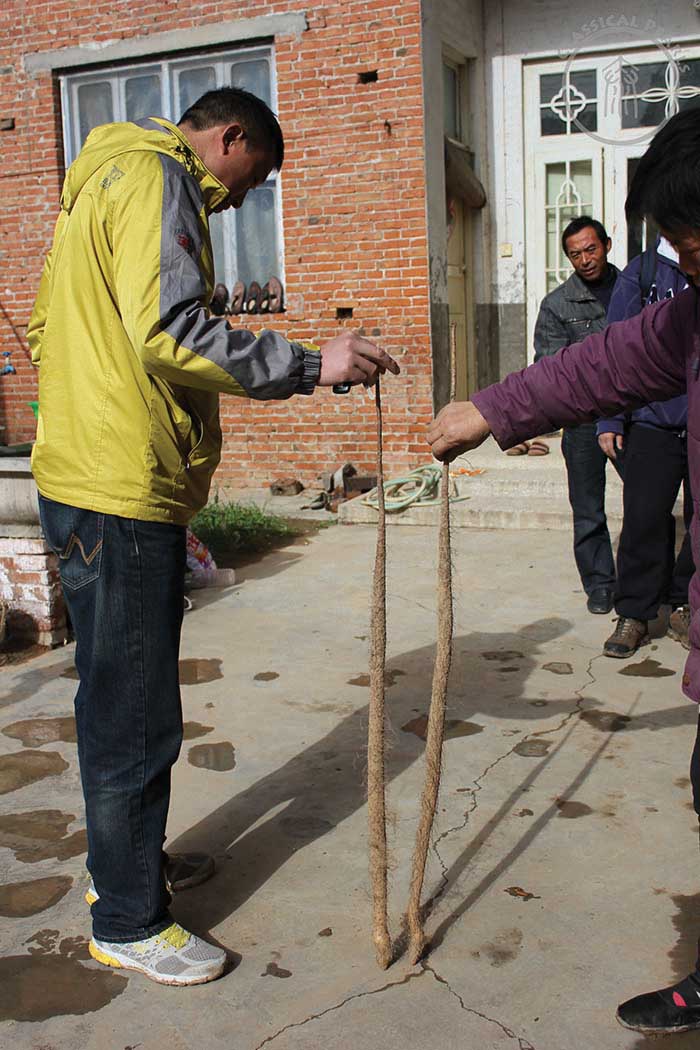
REPRINTED WITH PERMISSION
To view a slideshow of one of Heiner Fruehauf’s trips to China, or see to view more information, please visit Classical Pearls Herbal Formulas, or visit the Facebook page.
© 2016 Classical Pearls, LLC

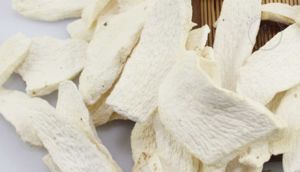
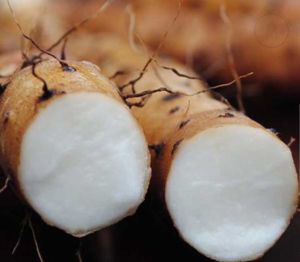
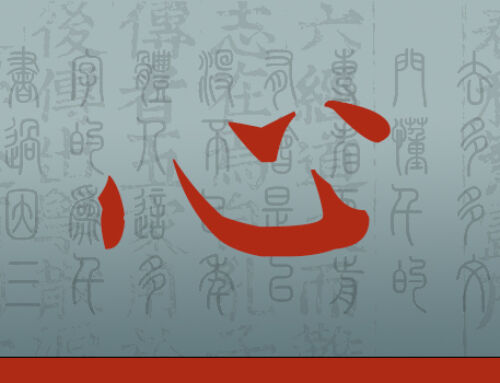





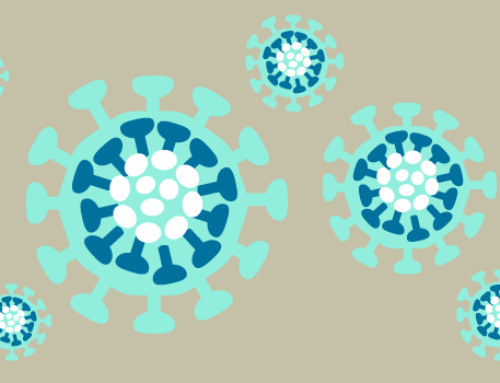
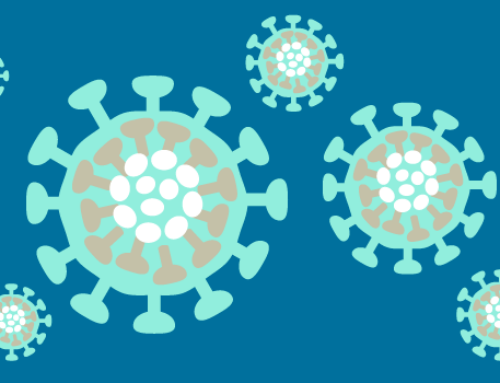
[…] – màirén – chicchi di grano inumiditi e lavorati, 铁棍山药 – tiěgùn shānyào – igname cinese della ricercata varietà tiěgùn (bastone di ferro), 鹿筋 – lùjīn […]